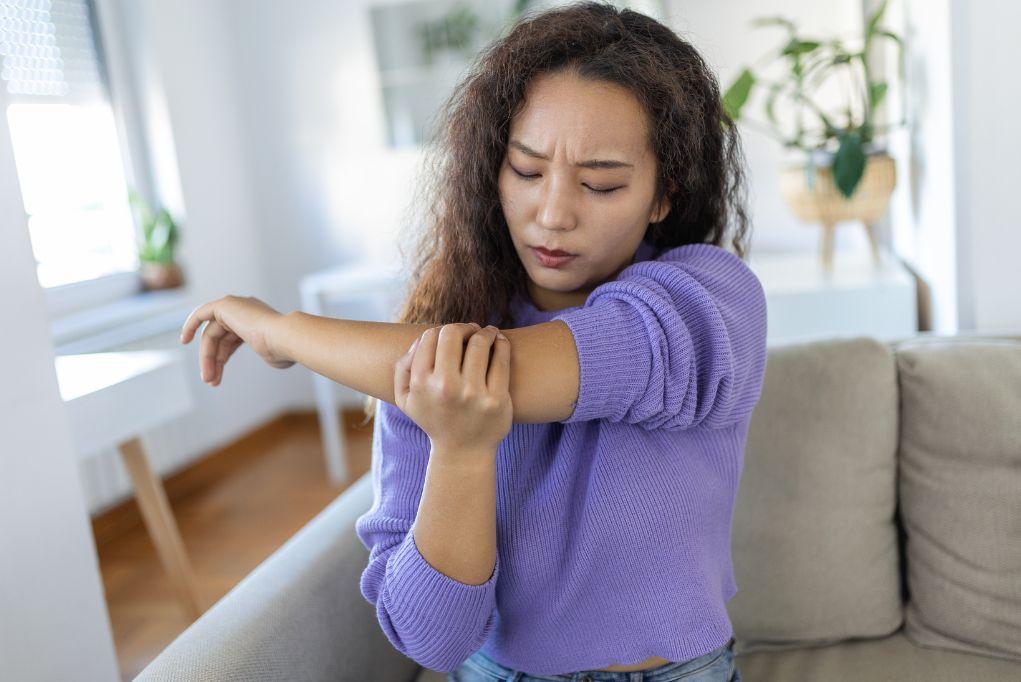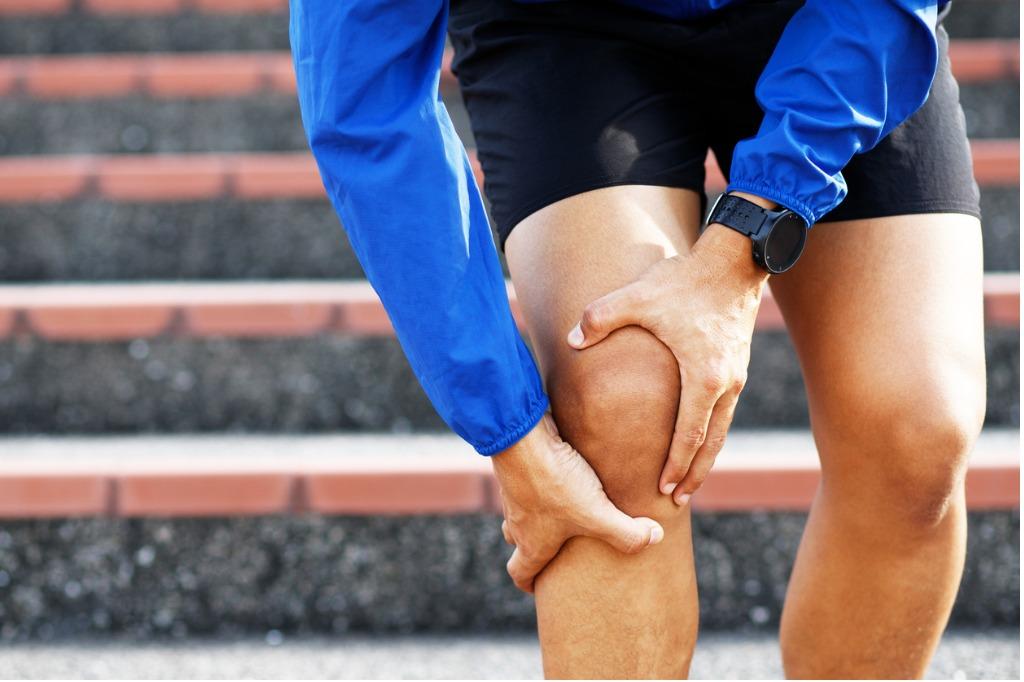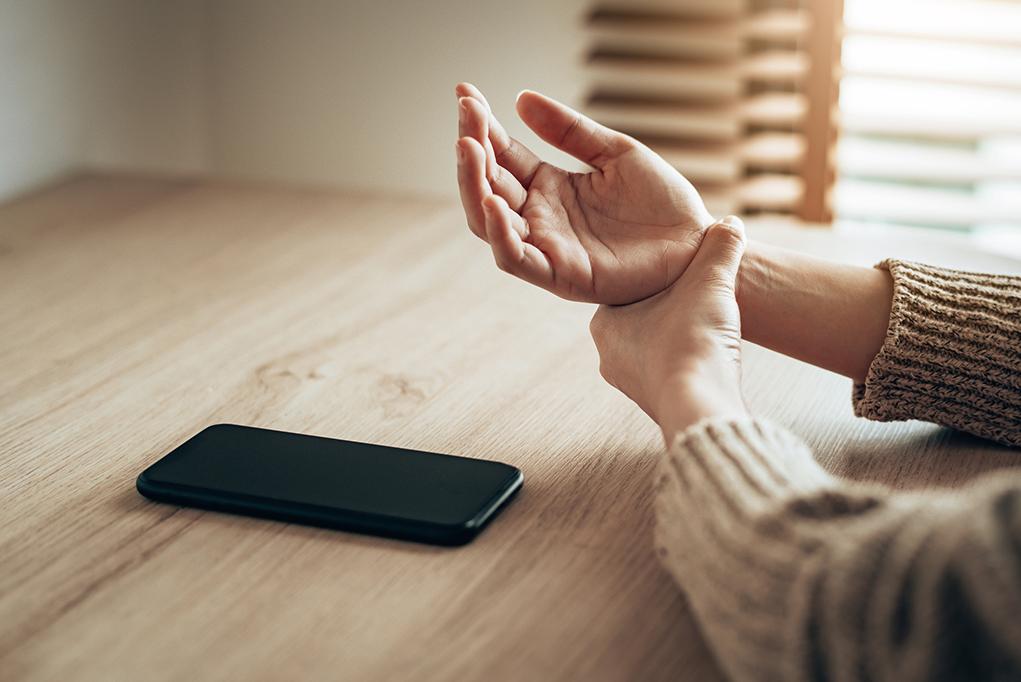Top 3 Reasons for Inner Elbow Pain
Inner elbow pain can be a frustrating and limiting issue. The pain may come on gradually or start suddenly, depending on the underlying cause. It often interferes with daily activities like lifting, gripping, or typing. Understanding what’s behind this discomfort is key to getting the right treatment and finding lasting relief. While several conditions can lead to inner elbow pain, some causes are more common than others. Let’s take a closer look at three frequent culprits and what they might mean for your recovery.

1. Golfer’s Elbow (Medial Epicondylitis)
Golfer’s elbow is one of the most common causes of inner elbow pain, even if you’ve never touched a golf club. It occurs when the tendons that attach to the bony bump inside the elbow (medial epicondyle) become inflamed due to overuse or repetitive motion. Common causes of golfer’s elbow include activities like swinging a golf club or tennis racket, lifting weights, using tools, or repetitive computer work—anything that puts repeated stress on the forearm muscles.
Symptoms of Golfer’s Elbow
Golfer’s elbow can cause a variety of symptoms that affect not only the elbow but also the forearm and wrist, making everyday tasks uncomfortable or challenging. These symptoms often develop gradually and can worsen over time without proper care. Below is a list of common symptoms to look out for:
- Inner elbow pain and tenderness
- Weak grip strength
- Pain that worsens with wrist flexion or forearm rotation
- Stiffness and restricted movement of the elbow
- Numbness or tingling in the fingers
Treatment for Golfer’s Elbow
Managing golfer’s elbow typically begins with rest and ice to reduce inflammation and relieve discomfort. Physical therapy is often recommended to stretch and strengthen the forearm muscles, helping to restore flexibility and prevent future strain. Bracing or taping the elbow can provide additional support during activity and promote healing. In more persistent or severe cases, corticosteroid injections may reduce inflammation and inner elbow pain when conservative treatments aren’t enough.
2. Cubital Tunnel Syndrome
Cubital tunnel syndrome happens when the ulnar nerve—responsible for the “funny bone” sensation—becomes compressed as it passes through the inner elbow. This can lead to pain, numbness, or tingling in the ring and little fingers. Common causes include prolonged elbow bending, leaning on the elbow, repetitive movements, or direct trauma. Without treatment, ongoing pressure may lead to nerve damage.
Signs of Cubital Tunnel Syndrome
Cubital tunnel syndrome can present with several distinct symptoms that may interfere with daily activities. Recognizing these signs early is essential for effective management and treatment. Below are some common signs of cubital tunnel syndrome:
- Tingling or numbness in the ring and little fingers
- Weakness in the hand and grip
- Symptoms that worsen when the elbow is bent for long periods, such as while talking on the phone or sleeping
- Difficulty with fine motor skills and coordination
Treatment Options
Treatment for cubital tunnel syndrome often begins with conservative approaches. Wearing a nighttime splint to keep the elbow straight can relieve pressure on the nerve, while modifying daily activities helps reduce strain. Over-the-counter anti-inflammatory medications may also alleviate symptoms. For severe cases, surgical options such as nerve decompression or transposition may be necessary to provide long-term relief and prevent further nerve damage.
3. Ulnar Collateral Ligament (UCL) Injury
Often seen in throwing athletes, a UCL injury involves overstretching or tearing the ligament that stabilizes the inner elbow. This ligament is essential for joint stability during overhead motions, such as pitching or serving in tennis. Common causes include repetitive throwing, poor mechanics, inadequate warm-up, sudden increases in activity, or trauma like falling on an outstretched arm. While partial tears may respond to rest and rehab, complete tears often require surgical repair—most commonly known as Tommy John surgery.
Symptoms of a UCL Injury
UCL injuries can range from mild overstretching to complete tears, and symptoms often develop gradually with overuse. In some cases, a sudden injury may cause immediate discomfort. Common signs to watch for include:
- Inner elbow pain during throwing or overhead movements
- A “pop” sensation followed by weakness
- Swelling or bruising on the inside of the elbow
- Loss of strength and range of motion
- Reduced throwing velocity or accuracy
If you experience any of these symptoms, it’s important to seek medical attention as soon as possible. A doctor will perform a physical exam and possibly imaging tests, such as an X-ray or MRI, to assess the extent of your injury.
Treatment Options
Treatment for UCL injuries varies based on the severity of the tear. Rest and rehabilitation exercises are often recommended to promote healing and restore strength and range of motion for minor tears. Injections may also be used to support the healing process by stimulating tissue repair. However, in cases of advanced or complete ligament tears, surgical repair may be necessary to restore stability and function to the elbow.
Get Help From the Elbow Experts at Motion Orthopaedics
Don’t wait to address your inner elbow pain; early evaluation can make all the difference. The team at Motion Orthopaedics is here to provide expert care and personalized treatment plans tailored to your needs. Whether you’re dealing with a minor strain or a more serious condition like a UCL injury or nerve compression, our specialists are ready to help you return to your active lifestyle. Contact us today to book your appointment and take the first step toward lasting relief.




